人教版必修四高中英语:Unit 4 Body language reading 课件(共27张)
文档属性
| 名称 | 人教版必修四高中英语:Unit 4 Body language reading 课件(共27张) | 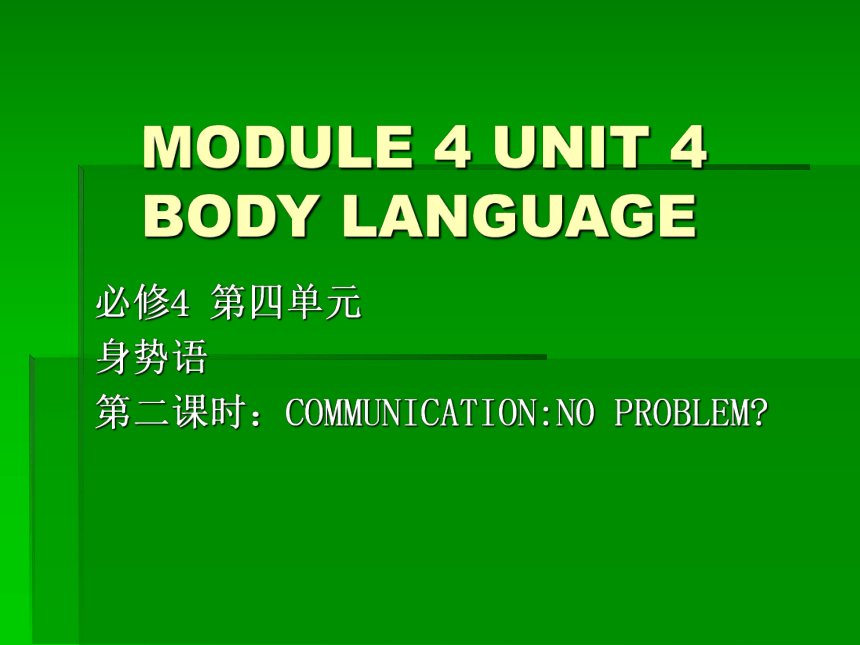 | |
| 格式 | zip | ||
| 文件大小 | 1.3MB | ||
| 资源类型 | 教案 | ||
| 版本资源 | 人教版(新课程标准) | ||
| 科目 | 英语 | ||
| 更新时间 | 2019-04-16 16:45:46 | ||
图片预览

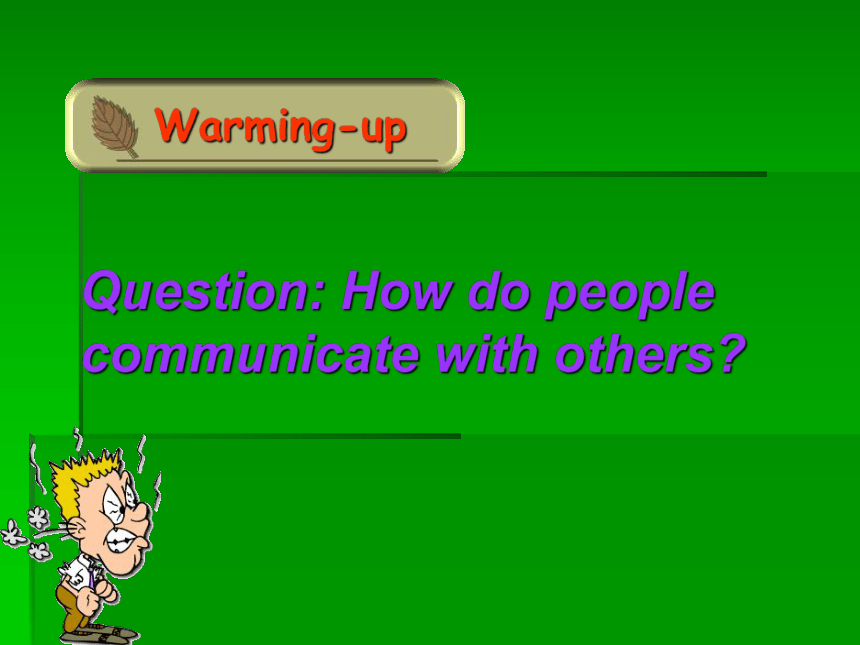
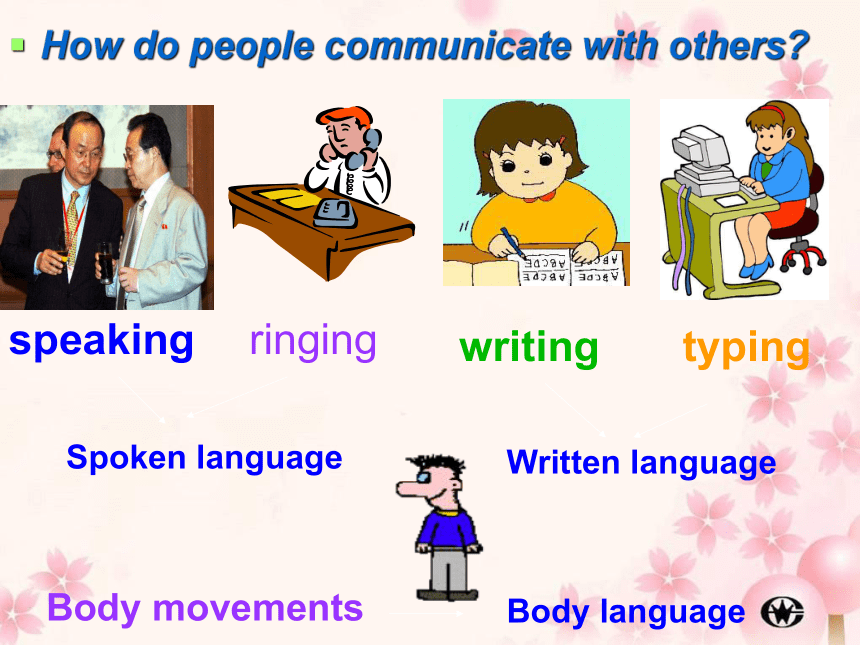
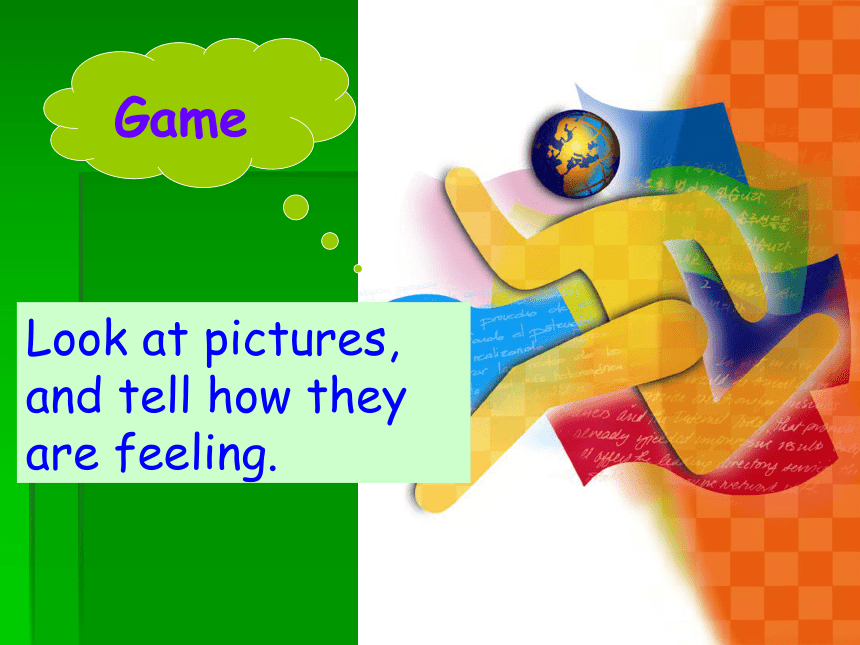
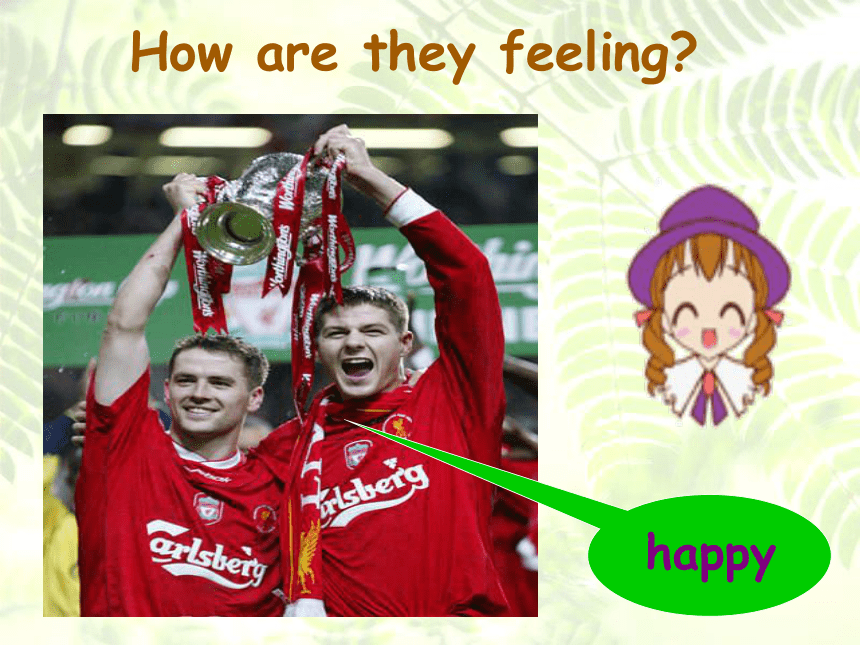
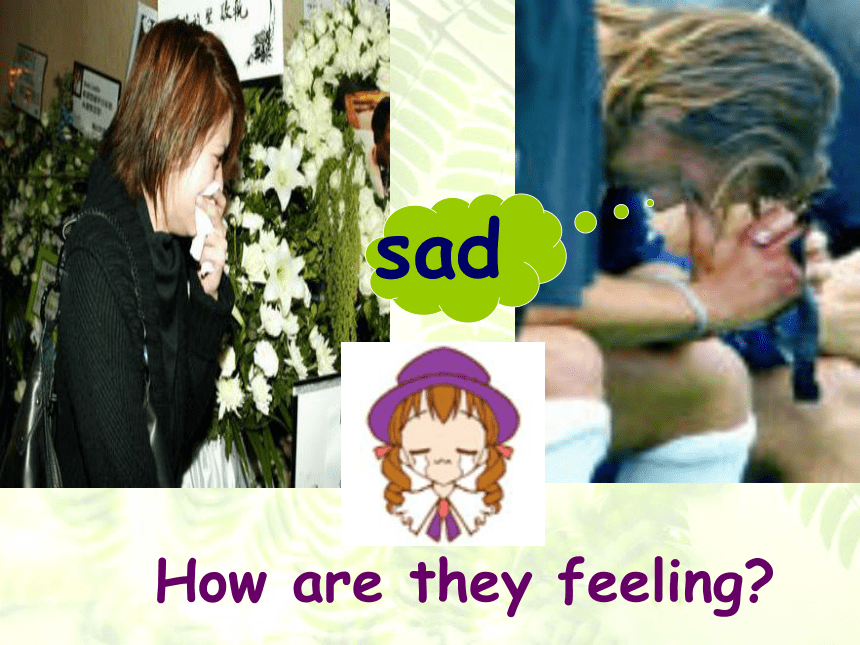


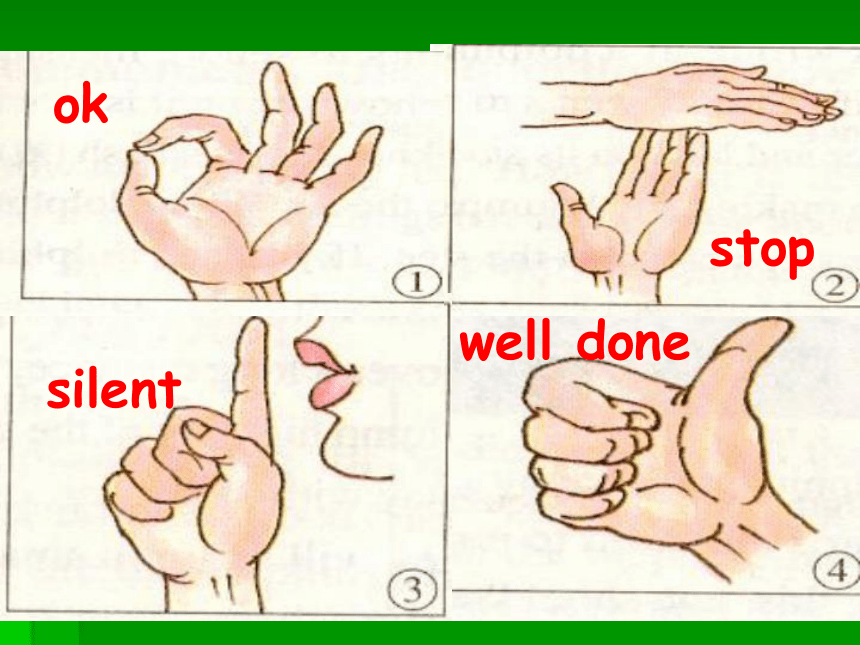
文档简介
课件27张PPT。MODULE 4 UNIT 4
BODY LANGUAGE必修4 第四单元
身势语
第二课时:COMMUNICATION:NO PROBLEM?
Warming-upQuestion: How do people communicate with others?How do people communicate with others?speakingringingwritingtypingSpoken languageWritten languageBody movementsBody languageGameLook at pictures, and tell how they are feeling.How are they feeling?happyHow are they feeling?sad
How is he
feeling?angryHow is he
feeling?confusedokstopsilentwell done universal gesturesI am tired.I am full.I am hungry. press palms/rest
your head on it/
eyes closed pat or rub
stomach
(in a circle) pat stomachChina, Britain
Russia, France,
Arab, Japan, Korea
Some western countries Shake hands
Kiss
Bow
Embrace (hug)What do people usually do to greet someone?ReadingCOMMUNICATION:
NO PROBLEM?Pre-reading1. What is the purpose of language?
2. How can you tell if someone is sad even if they do not speak?
3. What would you do if you need the other’s help urgently while you two speak different languages?
4. Give an example of how you can communicate a feeling to someone who does not speak your language. Listen to the tape and try to find out the main idea of the text.1. 快读 Which is the main idea of the text?
A. There are different customs in
different countries.
B. Foreigners should follow the
customs of the country where they
are visiting.
C. People use body movements to send
messages and different body
movements have different meanings.
D. The importance of knowing customs. How do different international students behave when they greet people? Complete the chart with information from the passage.2. 再读man from
Colombiakiss on the
cheekbowingeveryoneeveryoneJulia
SmithAkira
Nagatawoman from
Britainman from
Canadashaking
handsshaking
hands
noddingAhmed
AzizDarlene
Coulonman from
Jordaneveryonewoman
from France people she
knowsUse the passage to help you answer the
following questions.1 Is the author of this passage male or female? How do you know?
2 What were the two mistakes that the author noticed?
3 Who seemed to prefer to keep more physical distance from others? Who seemed to prefer closer physical distance? 4 Did any students have similar greeting customs? If so, which ones?
5 “ When in Rome, do as the Romans do.” What do you think this famous saying means?Discussion Do you agree with the author’s statement that body language is not good or bad? Why or why not?
ActivityComparison Rubbing the thumb
and forefinger togetherMoving one’s hand up and down with the palm facing down.Moving the hand from side to side Shaking the headOpen one’s eye or mouth wide Thumbs up.四、作业:巩固及拓展
Homework:
1 Surf the internet to collect more information about Body Language.
2 Deal with the exercises on pages 28 and 29 . Pay attention to the useful words, expressions and structures. Many thanks!
身势语
第二课时:COMMUNICATION:NO PROBLEM?
Warming-upQuestion: How do people communicate with others?How do people communicate with others?speakingringingwritingtypingSpoken languageWritten languageBody movementsBody languageGameLook at pictures, and tell how they are feeling.How are they feeling?happyHow are they feeling?sad
How is he
feeling?angryHow is he
feeling?confusedokstopsilentwell done universal gesturesI am tired.I am full.I am hungry. press palms/rest
your head on it/
eyes closed pat or rub
stomach
(in a circle) pat stomachChina, Britain
Russia, France,
Arab, Japan, Korea
Some western countries Shake hands
Kiss
Bow
Embrace (hug)What do people usually do to greet someone?ReadingCOMMUNICATION:
NO PROBLEM?Pre-reading1. What is the purpose of language?
2. How can you tell if someone is sad even if they do not speak?
3. What would you do if you need the other’s help urgently while you two speak different languages?
4. Give an example of how you can communicate a feeling to someone who does not speak your language. Listen to the tape and try to find out the main idea of the text.1. 快读 Which is the main idea of the text?
A. There are different customs in
different countries.
B. Foreigners should follow the
customs of the country where they
are visiting.
C. People use body movements to send
messages and different body
movements have different meanings.
D. The importance of knowing customs. How do different international students behave when they greet people? Complete the chart with information from the passage.2. 再读man from
Colombiakiss on the
cheekbowingeveryoneeveryoneJulia
SmithAkira
Nagatawoman from
Britainman from
Canadashaking
handsshaking
hands
noddingAhmed
AzizDarlene
Coulonman from
Jordaneveryonewoman
from France people she
knowsUse the passage to help you answer the
following questions.1 Is the author of this passage male or female? How do you know?
2 What were the two mistakes that the author noticed?
3 Who seemed to prefer to keep more physical distance from others? Who seemed to prefer closer physical distance? 4 Did any students have similar greeting customs? If so, which ones?
5 “ When in Rome, do as the Romans do.” What do you think this famous saying means?Discussion Do you agree with the author’s statement that body language is not good or bad? Why or why not?
ActivityComparison Rubbing the thumb
and forefinger togetherMoving one’s hand up and down with the palm facing down.Moving the hand from side to side Shaking the headOpen one’s eye or mouth wide Thumbs up.四、作业:巩固及拓展
Homework:
1 Surf the internet to collect more information about Body Language.
2 Deal with the exercises on pages 28 and 29 . Pay attention to the useful words, expressions and structures. Many thanks!
同课章节目录
